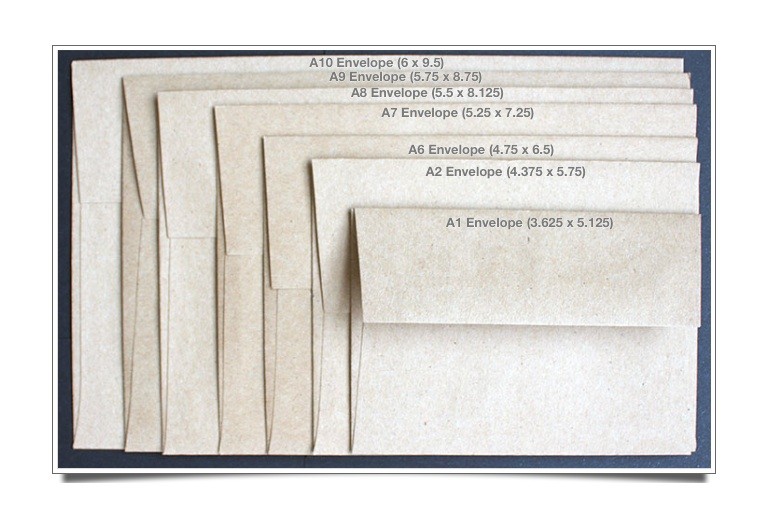Question:
How many envelops can you fit into another?
Each envelope has a 2D representation. [4,5] -> width = 4, length = 5
How many envelops can you fit into one another without rotating any envelopes. Bare in mind you can’t fit in two evelopes with same width or height.
This is question is very much like a Russian Doll question. Which that question itself uses an Longest increasing subsequence algorithm to solve. If you don’t know about LIS then check my post Longest Increasing Subsequence Length
High Level Idea
- Sort it by width
- Then sort envelopes with same width by height. Sorting by height is the tricky part.
The direction you sort is important. It can inverse the impact on your flow. I often got confused with the direction of sorting. You check out my post on Which Way Am I Sorting?). In short the the array’s order will match with the direction of the angle bracket (
<or>) you use. Think of right and left, instead of up and down, or of ascending and descending.
Explanation
So say you’re given the following envelopes:
[ [5,4], [6,5], [6,9], [2,3], [6,8] ]
Depending on the order in the original array, sorting it by width will can result in any of the following arrays.
[ [2,3], [5,4], [6,7], [6,9], [6,8] ]
or
[ [2,3], [5,4], [6,8], [6,9], [6,7] ]
or
[ [2,3], [5,4], [6,9], [6,7], [6,8] ]
or
[ [2,3], [5,4], [6,7], [6,8], [6,9] ]
or
[ [2,3], [5,4], [6,9], [6,8], [6,7] ]
or
[ [2,3], [5,4], [6,8], [6,7], [6,9] ]
So now things are sorted by the width. Great.
Let’s just assume we ended up with this order:
[2,3], [5,4], [6,7], [6,9], [6,8]
> nil✔️ 4>3✔️ 7>4✔️ 9>7✔️ 8>9❌
Based on this approach, four evelopes will fit. But we know that’s incorrect. Because the last three items have an identical width of 6.
How can we find envelopes that fit if we have multiple with same width?
If width is identical then just ignore it. Let’s try it:
[2,3], [5,4], [6,7], [6,9], [6,8]
> nil✔️ 4>3✔️ 5>4✔️ 6==6 (width same)❌
This works. However it’s not forward proof. Like if our initial width sort ended with [6,9] being the first item and also we had a additional item at the end [7,8]
[2,3], [5,4], [6,9], [6,7], [6,8] [7,8]
> nil✔️ 4>3✔️ 5>4✔️ 6==6 (width same)❌ 8>9❌
You can’t add [6,7] or [6,8]. Because 6,9 was selected before and 9 is bigger than 8
Detail Explanation
To say things differently and narrow the problem down. Our problem is more or less like the following:
[5,4], [6,z],[6,x],[6,y], [7,8]
Assumption: z > y > x You have to pick either x,y,z in a way that your pick is bigger than 4 and smaller than 8.
If you sorted items with same height in ascending order then you wouldn’t know which one to pick. You have to try and error — when width is 6.
Trick
However if you sorted (items by same height) in descending order by their height, and found longest selection of envelopes in “increasing height” order then it becomes a standard LIS algorithm. Because:
- Because when chosing from same width envelopes, mathematically you can only select a maximum of one envelope from z, y, x when it’s sorted in reverse. If it was sorted in ascending order then all of them can be been picked.
- FWIW you may end up not picking any, if none of z, y, x satisfy the requirement of being ‘bigger than 4 & smaller than 8’.
To find the longest increasing envelopes in height, we simply use LIS - Longest Increasing Subsequence.
So if we sorted the ones with same width in descending like below and did and LIS on all the heights then we’d end up in this order:
[5,4],[6,9],[6,8],[6,7],[7,8]
Our selected envelopes will be:
[5,4],[6,7],[7,8]
Code
class Solution {
func maxEnvelopes(_ envelopes: [[Int]]) -> Int {
var envs = envelopes
envs.sort(by: {
// 1 & 2
if $0.first! == $1.first! {
return $0.last! > $1.last!
} else {
return $0.first! < $1.first!
}
})
var arr: [Int] = []
// 3
let heights = envs.map {$0.last!}
// 4
return lengthOfLIS(heights)
}
}
func lengthOfLIS(_ nums: [Int]) -> Int {
var dp: [Int] = Array(repeating: 1, count: nums.count)
for i in 0...nums.count - 1 {
for j in 0..<i {
if nums[j] < nums[i] {
dp[i] = max(dp[i], dp[j] + 1)
}
}
}
return dp.max()!
}
Explanation
- Sort elements in ascending width order.
- When with is identical, then sort in descending height order
- Map the sorted result to just their heights.
- Do an LIS on the heights array.
Time Complexity
- sorting:
O(n * log n) - mapping:
O(n) - LIS:
O(n * n). - Total:
O(n * n). Note: If you used the binary search for LIS step, then the total time complexity would be:O(n * log n)
Space Complexity
O(n)
